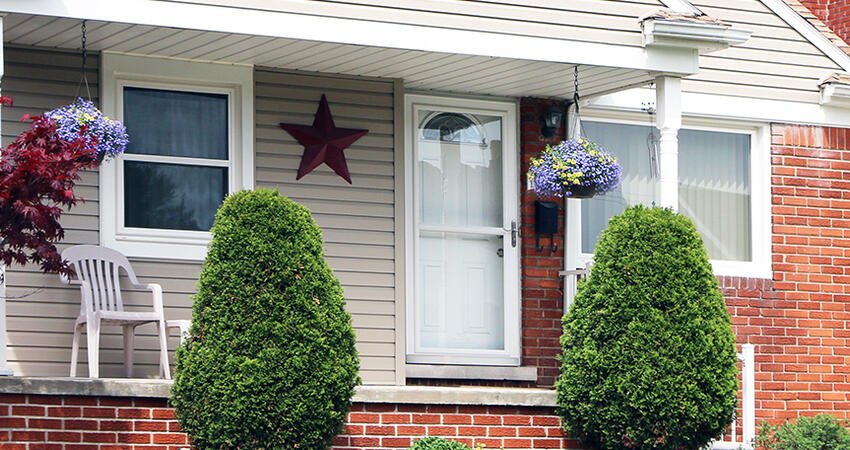
Did Grassroots Efforts Help Save Detroit Neighborhoods after the Foreclosure Crisis?
- Title:
- Did Grassroots Efforts Help Save Detroit Neighborhoods after the Foreclosure Crisis?
- Author:
-
Lan Deng, Eric Seymour, Margaret Dewar, June Manning Thomas
- Source:
-
Housing Policy Debate
- Publication Date:
-
2017
The foreclosure crisis hit Detroit harder than most US cities. In 2007, Detroit had the highest foreclosure rate in America. The crisis uprooted many households, forcing them to leave their homes and compelling community-based organizations to shut down. What happened to the people who stayed? Some residents tried to save their neighborhoods from deterioration, often with the help of neighborhood-based organizations. Lan Deng and her coauthors sought to determine the effectiveness of these grassroots efforts by studying neighborhoods that were “strong” (middle and working class, predominately occupied by owners whose property value and household income were comparable with or higher than the city average) before the foreclosure crisis, but ended up getting hit the hardest by the crisis. The authors used data collected by the US Census Bureau and local organizations to identify these neighborhoods, chose three in which to conduct case studies based on their active community-based efforts, and compared changes in property values between the case study areas and other strong neighborhoods with fewer community efforts. Were the community efforts worth it?
Key findings
- Strong efforts by residents, coupled with support from community development organizations and external assistance, led to increased neighborhood housing prices compared with similar neighborhoods.
- The findings support the concept of community efficacy, that people can make a difference in shaping their neighborhoods’ futures despite poor circumstances.
- This research shows that residents’ efforts did not sustain housing prices in strong neighborhoods with low median income, high poverty rates, and low owner occupancy.
- Detroit’s community development infrastructure was not as strong as other cities, and the city government provided few services in this period, yet residential and organizational efforts were successful. If the efforts worked this well in Detroit, similar efforts may be even more effective in other regions with vulnerable neighborhoods.